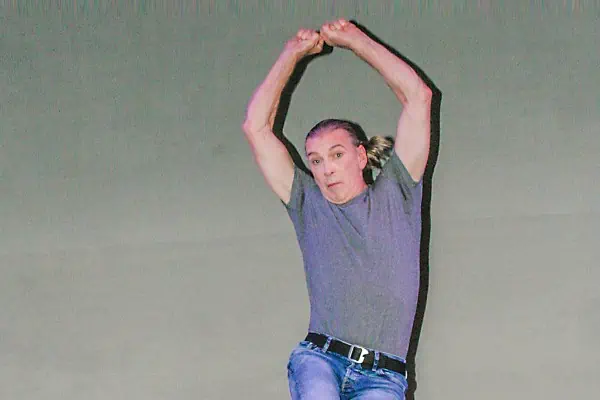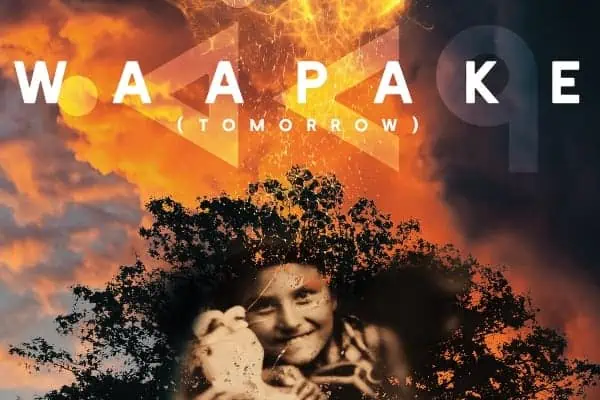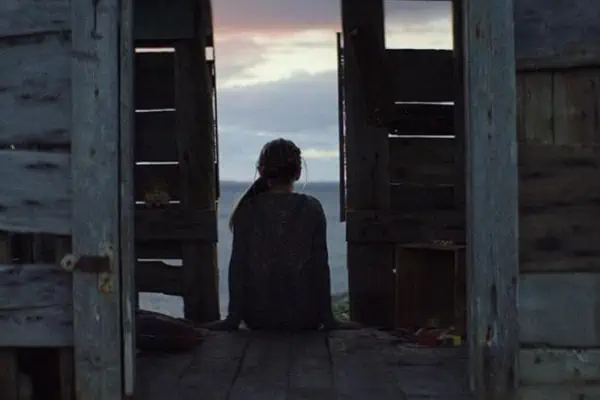“On top of everything else, you are a photographer, too?”
Didier Delahaye has a bemused look that I don’t quite understand.
As the marketing director of the Yukon Arts Centre, I knew he was handy at graphic design as he creates much of the advertising.
And I knew he is a songwriter, musician, singer and writer.
But looking at a photo he took of the canyon in the central Colorado Plateau, you can tell he is a gifted photographer, too.
Sure, anyone can take a good snapshot of this rugged terrain; and anyone could take a striking photo at sunrise or sunset; but Delahaye took a photo under an unflattering high sun that nonetheless displayed grandeur, texture, fantastical colour and interesting shadows.
Then he explains his bemusement: “My career started out as a photographer.”
And, no, he says, I won’t be the only one who is surprised.
When his co-workers and the patrons of the Yukon Arts Centre walk by the Community Gallery, and are drawn in by the five large-format photos, they will see that Delahaye is, indeed, a photographer of the artistic kind.
“I just work with media,” he clarifies. “In my previous Yukon life [in the 70s and 80s], I was an audio visual producer, so I would develop programs for visitor reception centres.”
Sounds wonky, except he would often be the one to capture the magic and mystery of the Yukon’s wilderness and then show it in the wall-sized displays.
“I would shoot Kluane and the Chilkoot and then show them at the MacBride Museum in a slide show,” he says today.
“Photography was my first career, although I never called myself a professional photographer,” he says. “It was just part of the job.”
These past couple of decades, Delahaye has concentrated on his music. All the while, he was taken by the convenience of digital photography: “But after doing so much point and shoot, I craved going back to something that offered more creativity and more detail.
“I wanted to share places.”
That. Right there. Is the power of this photography show.
These photos are huge – two of them are three feet by nine feet — and they make the viewer feel like they are there. This makes it all the more satisfying for Delahaye as he wants people to feel what he felt when he found this place.
Canyonlands shows a land that he visited while on vacation. While most tourists visited the much more popular, the much more photographed, Grand Canyon to the south, he and his partner visited The Great Gallery where the Green and Colorado rivers join.
It is an area that is reached after a lot of driving and a lot of hiking.
There, they found the largest pictograph site in North America. These paintings in rock affected him. When so much effort is spent reaching this place, people tend to sit and let it affect them.
Delahaye took many photos and, when he got home, stitched them together digitally.
Most are in full colour, but some are in black and white to heighten the perception of the texture of the rock.
And they are big.
“I’m showing you big country,” he says. “I can show you a website or a book with its lovely pictures, but one big image is worth so much more.
“It gives you a sense of place.
“This should tell you a story in as an efficient way as possible.”
The show, canyonlands, is on display during the month of November in the Yukon Arts Centre Community Gallery.




